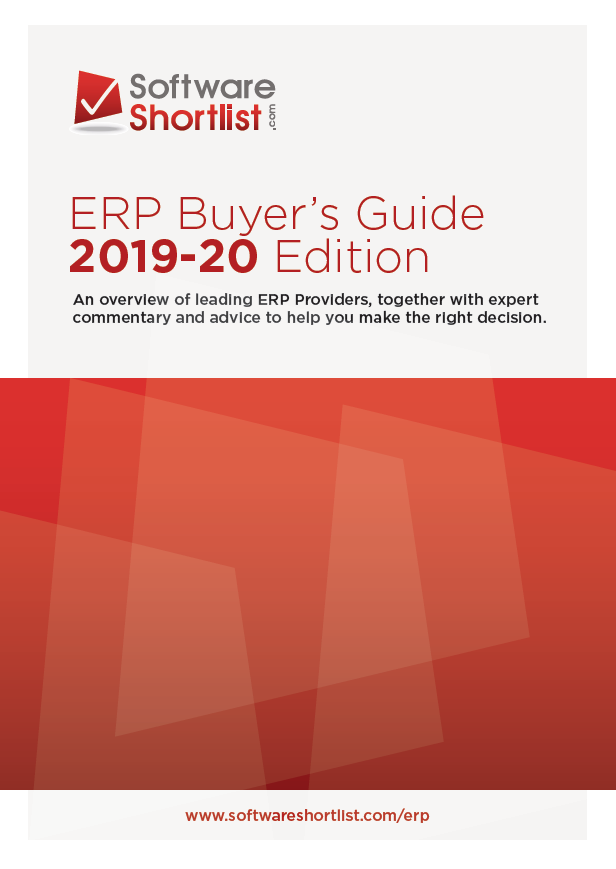 As the economy buckles under Covid-19, Gartner advises cutting all non-critical tech…
As the economy buckles under Covid-19, Gartner advises cutting all non-critical tech…
What a difference a global pandemic makes: With Covid-19 quarantine measures undermining industries, economies and IT departments everywhere, Gartner is advising CIOs to put a match to all unnecessary costs – including IT.
The research and advisory firm is offering hard-pressed CIOs eight recommended actions to protect their IT organisations’ cash flow during the coronavirus pandemic. The first step, says Gartner, is to cut all non-essential spending, technology inclusive.
“CIOs should immediately establish what aspects of their current spend can be deferred, eliminated or altered,” says Gartner. “Attention should be focused on spend that is not yet incurred or committed and is nonessential/discretionary and variable in nature.”
“Leadership will be forced to choose winners and losers.”
While that’s a position already assumed by most businesses, Gartner says that now is a crucial moment in which businesses can look ahead and mitigate potential spending increases.
The sooner it’s done, the better, says Gartner.
“CIOs must anticipate and plan for the increased costs, which in many organisations will be felt in the IT budget,” says Chris Ganly, senior research director at Gartner. “CIOs need to communicate this with business leaders and their CFO to ensure that the costs can be met, as well as the spend that can be reduced where possible.
“For example, if offices or work locations are partially or completely vacated, can enterprise-/office-based utilities, communications/access, infrastructure and services be suspended or deferred? CIOs should carefully consider their cost base and cost categories to anticipate both what increases, and what can decrease, with some action.”
Gartner advising against IT spending? It’s a curious position for Gartner to take, given that many CIOs are likely increasing their focus on digital channels – and especially surprising considering Gartner’s close working relationship with many leading enterprise software vendors. So what gives?
“Survival, not growth, will be the priority for executives in 2020,” explains Ganly. “Survival will depend on maintaining cash flows and income while continuing to be innovative with technology. Enterprises that fail to act may not survive this disruption or will have their subsequent recovery delayed.”
It’s a case of emergency measures for extraordinary times, says Gartner, and CIOs should immediately review all initiatives that are already in progress, with an eye to eliminating all but the most necessary of projects.
“Noncritical projects should be immediately halted, while critical projects, necessary for immediate cash flow and ongoing survival of the organisation, should be reviewed to determine what aspects can be reduced.
“CIOs should defer or cancel all uncommenced spending on projects, staffing, assets or upgrades and release any retained third-party resources, service or infrastructure expenses related to these.”
It’s an interesting position for Gartner and surely a symptom of the singular moment in which we find ourselves. Rather than taking a ‘preserve-IT-spend-at-all-costs’ stance, Gartner seems to be recognising the necessity of the moment, insisting that spending cuts are a necessary evil to ensure business survival.
To that end, CIOs should seek to cut spending with vendors now, says Gartner, and identify suppliers and payments that can ‘and therefore must’, be ceased, deferred or delayed.
“Start with a blank sheet of paper and work with the business to re-prioritise requirements and set spending levels that they can afford… Include vendor impact considerations in this assessment – what happens if the vendor fails to perform or terminates services? Can they survive from constraints on their cash flow? This will be particularly relevant for smaller and more heavily geared vendors.”
It’s a case of cancel, reduce or defer – across the business – and enterprises should reduce the scope of all current projects, retaintinaing only ‘must haves’, and deferring everything else to a later date.
“Inspect your current consumption and spend levels on all variable operating expenses – for example IaaS, PaaS, SaaS and voice and data communications. On a service-by-service basis, either completely eliminate or take control actions to reduce enterprise wide consumption levels by restricting or managing supply and renegotiating contract terms as necessary.”
And if cutting costs means calling in the axeman, do it and do it now, says Gartner.
“Release or terminate temporary staff, contractors and/or third-party consultants ‘as quickly as possible, bearing in mind any contractual obligations… It is critical here to ensure that this is done carefully and only once, if possible.
“Ensure that reductions are appropriate for the need and, as far as possible, do not need to be done again.”
And for those remaining workers, as they migrate away from their office-based desktops and fixed office networks, be wary of unexpected costs of home-based working, says Gartner.
It’s an unpleasant, bloody business and Gartner, for what it’s worth, accepts that much.
“While leadership will be forced to choose winners (preserve/invest) and losers (cut/divest) across every aspect of organisational operations, processes, and even goals, they should take care to make informed decisions that do not needlessly mortgage the future,” says the advisory firm.
Gartner’s apparent abandonment of it’s ‘IT-is-always-the solution’ mantra is surprising – even considering the extraordinary times in which we find ourselves – but survival, above all else, is the order of the day, says the company.
“In this environment, the priority for CIOs is to identify the risks that are inherent in the decisions they have taken,” says Gartner.
“They can then actively work on mitigating those risks, while also doing all they can to achieve their primary goal of cash-flow protection.”



